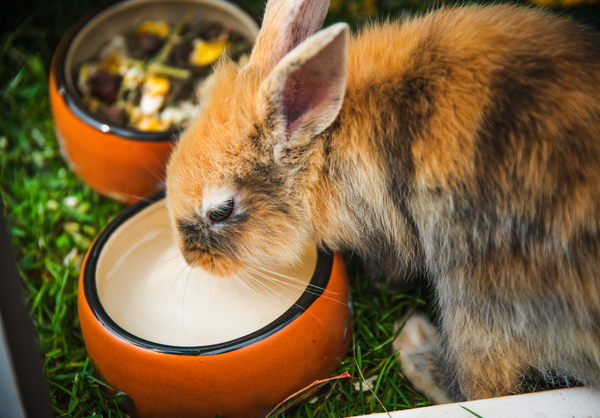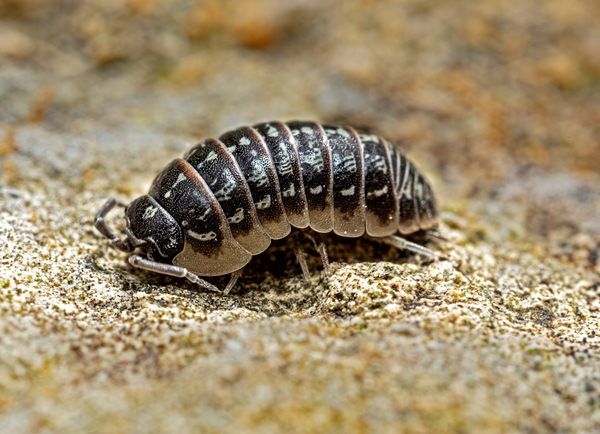What exactly is a companion bird? A companion bird, in most cases, is typically a single-kept bird and usually one of many available parrot species. Most companion birds are parrots because of their ability to bond and socialize with people. While other birds can be companion birds, it’s not as common due to their preferences to socialize within their own species or the fact that they don’t warm up to people due to the nature of being prey species.
Birds can make awesome and rewarding pets, but there are a few questions you should consider before making the jump to get one. Questions you should consider are: How much time can you spend with the bird out of the cage a day? What size cage are you able to fit in your space? Are you home often or are you out and about on a regular basis? Are you willing to work with the bird on a regular basis to curb negative behavioral issues? These considerations should be at the forefront of your mind before getting a companion bird because they require a lot of time and attention to be happy.
Parrots ranging from as small as Budgies, Parrotlets, and Lovebirds or as large as Macaws, Cockatoos, and African Greys are commonly kept companion species around the world. While they aren’t for everyone, they can be super rewarding pets if the right amount of time, care, and general dedication can be given to them. Now, why are the considerations so important for keeping a parrot as a companion? One of the easiest ways to describe parrots is “a life-long toddler.” Kids are quite the commitment, and parrots should really be looked at the same way. They require lots of attention and mental stimulation, otherwise they can begin to show many negative behavioral issues including feather plucking, screaming, aggression, obsessive behaviors, and the destruction of things outside of normal foraging/exploration behaviors. Even depression is a possible and common ailment for companion birds.
Keeping a companion bird happy and healthy can be either a lot of work or a regular day depending on how prepared you are for the responsibilities. To start with our list of considerations, let’s first look at out-of-cage time/time available for interaction. The smallest of companion birds should have, at the very least, two hours of time spent out of their cage with you; the more you can provide the better. That amount of time increases for large parrots as they tend to need more stimulation and interaction. Out-of-cage time does not mean moving them from their cage to a tree stand as that’s not much different than sitting in their cage. Out-of-cage time should be an opportunity for them to stretch their wings and fly around (if unclipped) or spend time with you doing your daily activities to provide mental stimulation and great bonding experiences.
Cage size is also heavily important when considering a companion bird. At the very minimum, you’ll want a cage that is large enough for your bird to spread their wings fully when all toys, perches, and food/water dishes are set in the cage. Cage size should always be as big as you can provide, and if you’re unable to have them out for extended periods of time then you will need a large cage to give them enough space to exercise and have enough toys to provide stimulation for the time they do spend in it.
All parrots have different personalities and temperaments, which can mean you can have a perfectly behaved, well-mannered parrot from the get-go, or you’ll have a parrot who needs some TLC to curb some negative behaviour. Training a parrot out of negative behaviour or to do tricks is a rewarding experience for both involved parties, but it does take quite a bit of time—typically a minimum of one hour a day to see progress and results that hold. This can be tough if you don’t have a regular schedule that you’re able to set and stick to. Something that can also be super helpful to this process is proper utilization of UVB for birds; there are plenty of benefits behind UVB, and improving behaviour is one of them.
When having a companion bird, knowing how much you can be at home is huge. Not only does it relate to everything covered thus far, but it helps your bird stay on a schedule and know what to expect and when. As with all animals, they have their own routine and it will tend to sync up with their owners’, so consistency is key.
If a companion bird sounds like it could be the right pet for you based on these considerations, that’s awesome! That means your next task will be researching the species you want to keep to ensure they will be a good fit for what you’re looking for. If you still want birds but a companion bird isn’t the right fit, you could consider a pair of birds so they have each other for stimulation and company, or maybe a flight cage with some finches would be more your speed! Whichever route you choose is equally rewarding, but please keep in mind that companion parrots require lots of love, work, and dedication.




